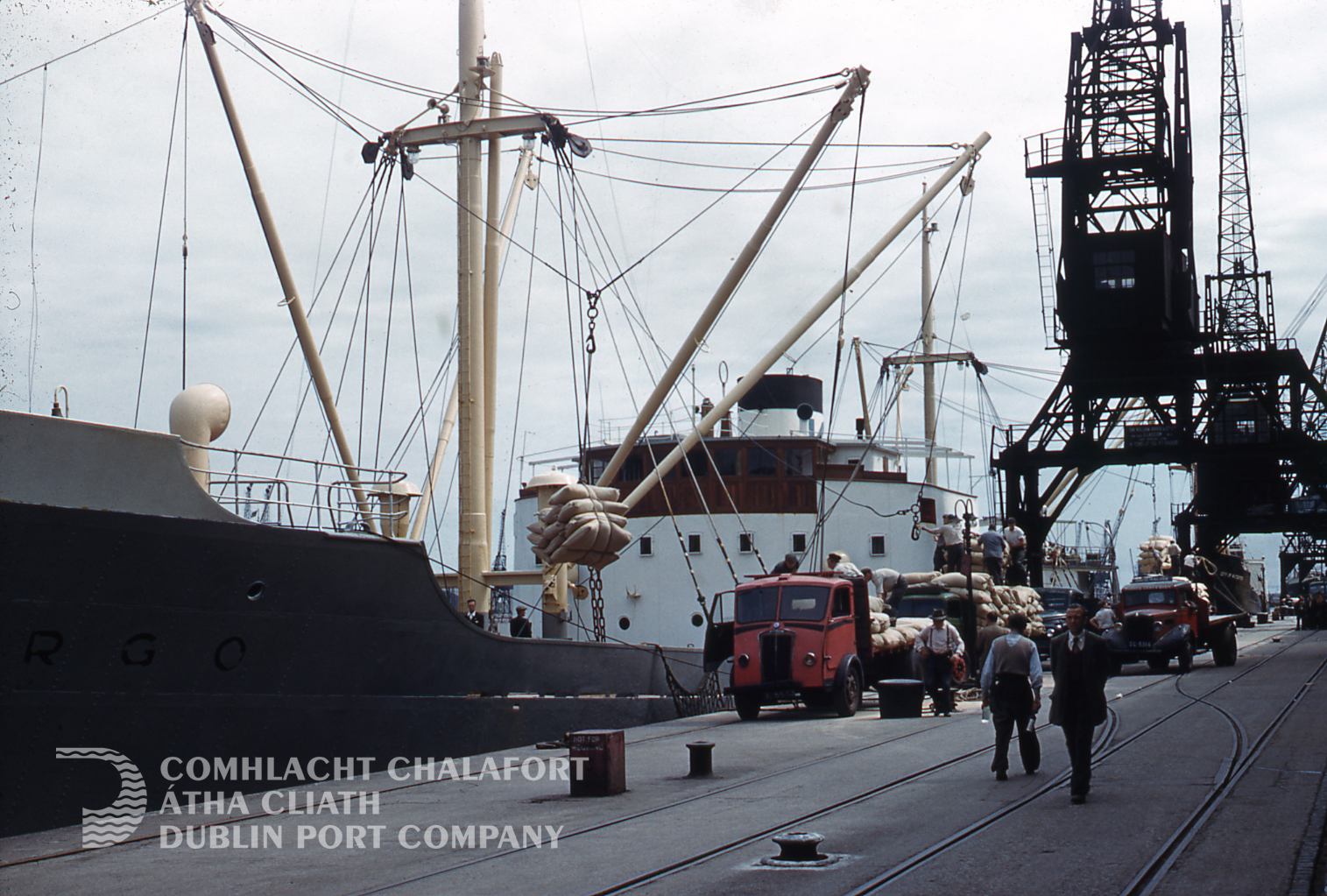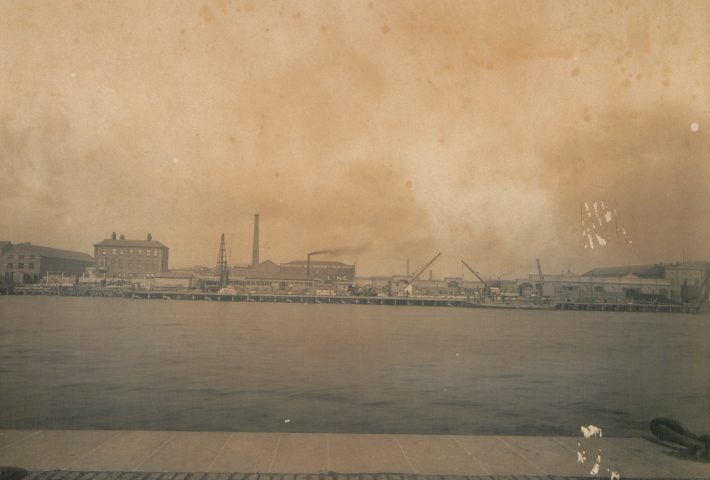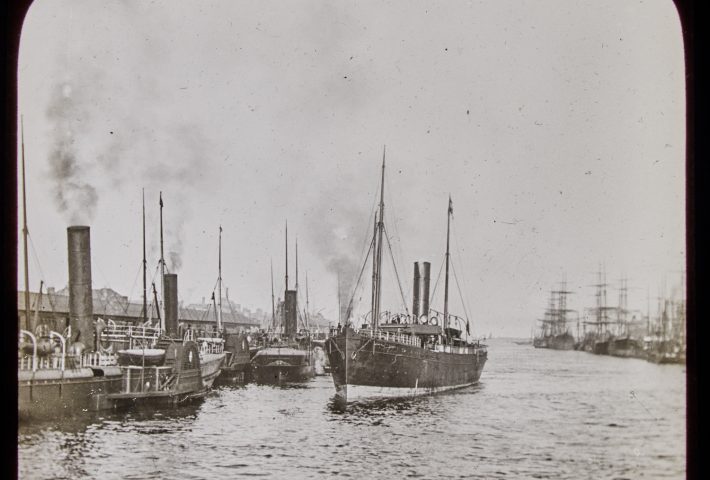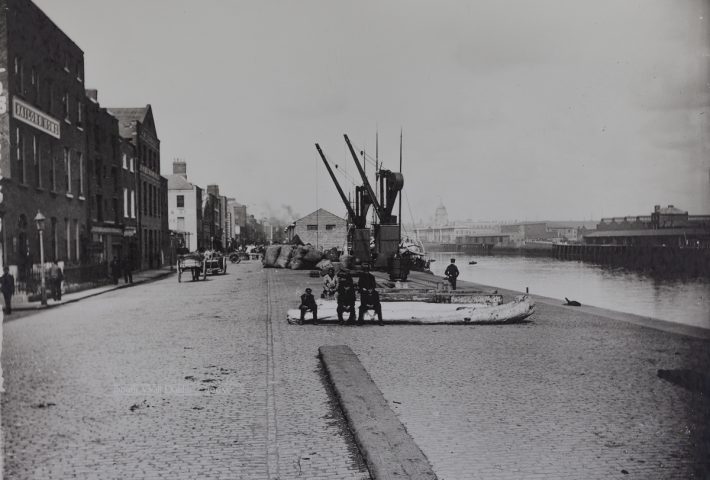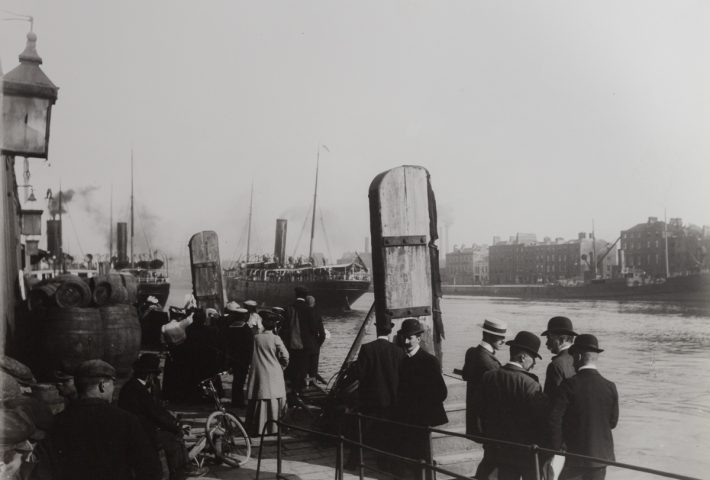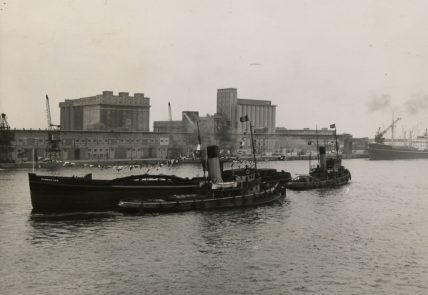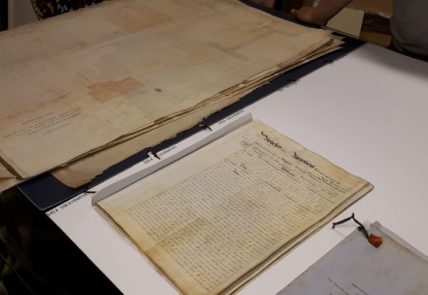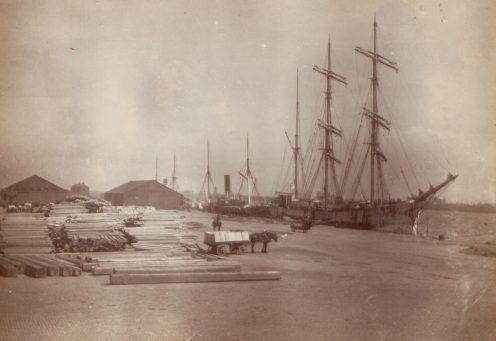
In 1898 John P. Griffith succeeded the former Chief Engineer, Bindon Blood Stoney and stayed in office until 1913. He faced numerous challenges. The revenue had sharply fallen due to the new tonnage measurement rules, that excluded certain spaces in steamships (i.e engineering room) for calculating the new tonnage on which port dues were chargeable. The interpretation of these provisions gave rise to considerable controversy. Steamship design plus certain interpretation of the measurement rules, allowed shipowners to decrease the theoretical net tonnage to a negligible figure in comparison to the actual revenue earning capacity of the ship. The lack on monetary resources led the Dublin Port and Docks Board to cut back investment in port maintenance and development.
Griffith was seriously concerned about the state of the port, the need for dredging, the depth the channel and the lack of public cargo handling equipment. He reorganised the dredging operations and employed the Board’s first suction dredger (introduced 1895) to straighten and widen the channel. In 1900 he began te reconstruction of North Wall quays to provide deep-water berths for the cross-channel steamers and by 1912 the Port of Dublin was no longer a tidal port. He also introduced electrical equipment and built a generating station to ensure the supply. He also supported the revival of shipbuilding and became a Director of the Dublin Dockyard Company.
Help us with the Archive
You can help us to preserve Dublin Port’s rich archival heritage by
donating items or seek advice from us on items in your safekeeping.
Get in touch by completing the contact form below.
We’d love to hear from you!
